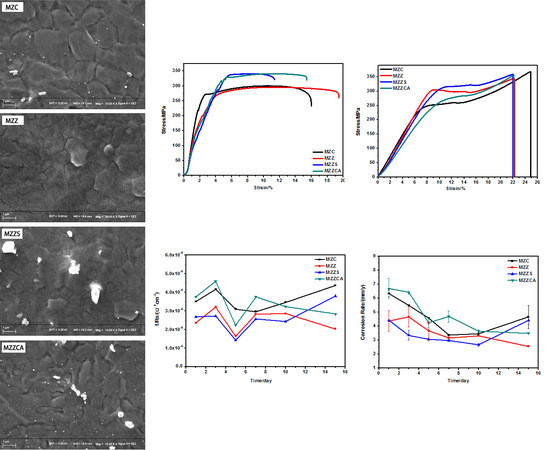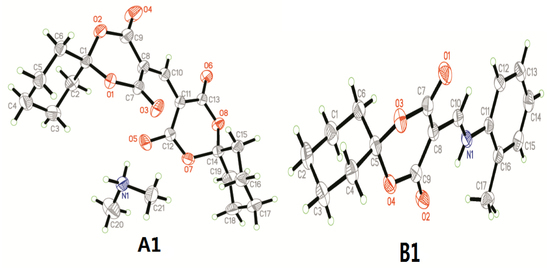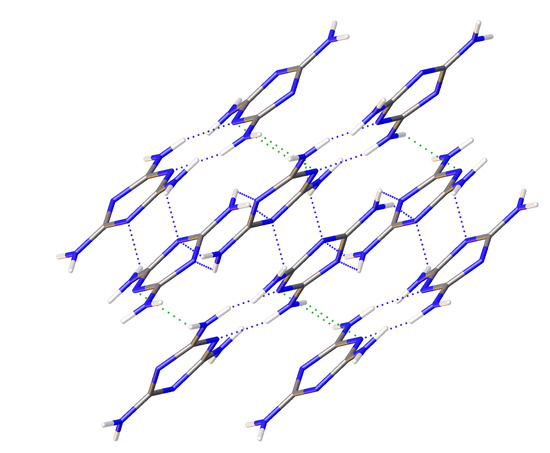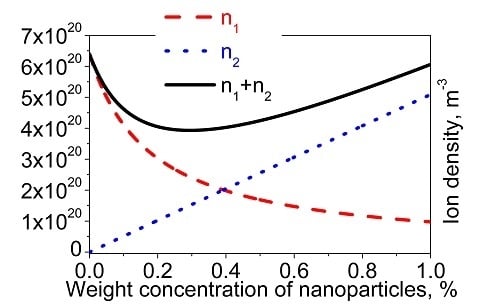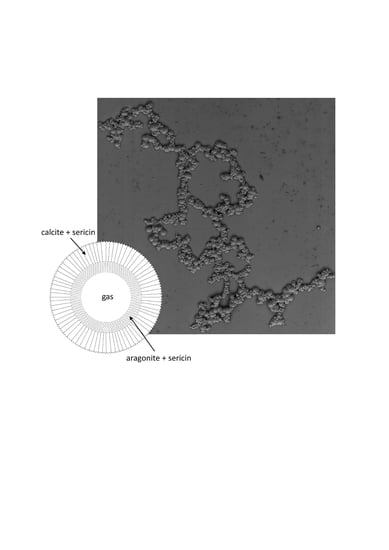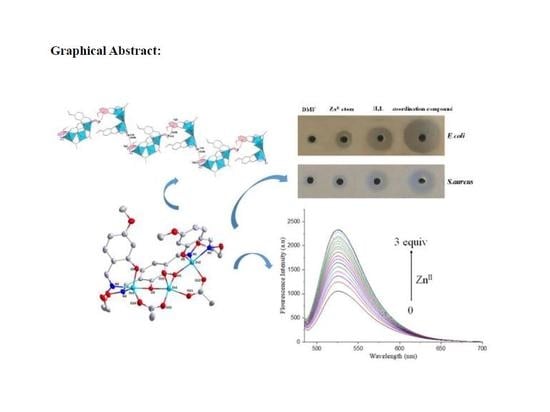Crystals 2018, 8(7), 273; https://doi.org/10.3390/cryst8070273 - 29 Jun 2018
Cited by 1 | Viewed by 3493
Abstract
Macromolecular crystallography at cryogenic temperatures has so far provided the majority of the experimental evidence that underpins the determination of the atomic structures of proteins and other biomolecular assemblies by means of single crystal X-ray diffraction experiments. One of the core limitations of
[...] Read more.
Macromolecular crystallography at cryogenic temperatures has so far provided the majority of the experimental evidence that underpins the determination of the atomic structures of proteins and other biomolecular assemblies by means of single crystal X-ray diffraction experiments. One of the core limitations of the current methods is that crystal samples degrade as they are subject to X-rays, and two broad groups of effects are observed: global and specific damage. While the currently successful approach is to operate outside the range where global damage is observed, specific damage is not well understood and may lead to poor interpretation of the chemistry and biology of the system under study. In this work, we present a phenomenological model in which specific damage is understood as the result of a single process, the steady excitation of crystal electrons caused by X-ray absorption, which acts as a trigger for the bulk effects that manifest themselves in the form of global damage and obscure the interpretation of chemical information from XFEL and synchrotron structural research.
Full article
(This article belongs to the Section Biomolecular Crystals)
►
Show Figures


